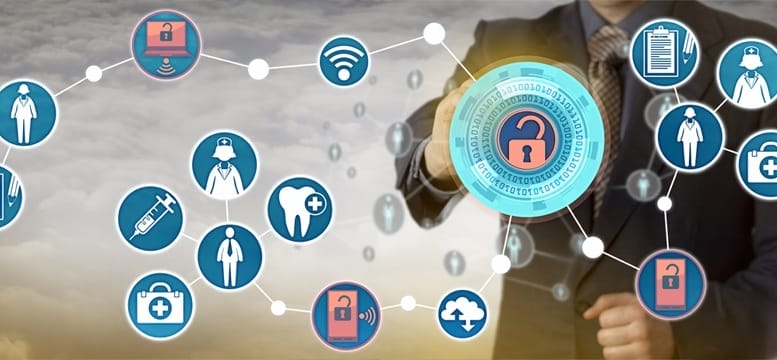Just in case you haven’t heard yet, the Patient Driven Payment Model, more commonly referred to as PDPM, is coming into effect this year! And although a large part of this new reimbursement model is related to coding changes and staff re-training, there’s a piece of this puzzle that hasn’t gotten much limelight—data collection.
We included data-driven decision making and how we believe the importance will rise this year in our white paper, The Future of Long-Term Care: Predictions for 2019, because it’s a big topic and we know that facilities want to meet financial goals while continuing to serve those in need, well into the future.
Coupled with the requirements for value-based care, a mass amount of episodic data is needed for a skilled nursing facility to accurately get reimbursed for 2019. Long-term care facilities have slowly been adopting electronic health records (EHRs) and various other technologies to drive operational efficiency and improve the quality of care. The onset of this new technology and its massive proliferation of data brings a new problem for this industry -data integrity. Skilled nursing facilities will need to use the new resident data effectively. Haphazardly adopting technology and lack of training can leave administrators and users feeling completely unfamiliar with the breadth of how their technological tools can help them reach business and financial goals. Let’s discuss how using data and data-driven measures to control rising costs can reduce duplication and other inefficiencies and can successfully position the organization for PDPM and even value-based care.
Adopting Data Analytics
With today’s data and technologies, we’ve started to see more and more skilled nursing facilities becoming smarter communities that can not only proactively care for residents but begin to predict illnesses before they happen. And just like their acute counterparts, they are utilizing interoperability tools to digitally exchange data with others and may even be using predictive analytics platforms to decipher through decisions at the point of care. However, the long-term care (LTC) industry is a little behind in full adoption of this technology. In fact, a Black Book study mentions that only three percent of LTC organization respondents to their poll are able to engage in the data-driven competencies that underpin value-based care.
Here are a few examples of how LTC facilities can benefit from acquiring and implementing advanced data analytics:
- Use claims to conduct internal and external auditing.
- Clinicians can make informed decisions at point of care.
- Create insightful reports to demonstrate value to referral hospitals, or to merger and acquisition candidates.
- Triage clinical efforts to the highest at-risk population (rehospitalizations; falls; etc.).
The Implications for PDPM
Clinicians and administrators will need to use data to support their decisions, whether through outcome reports or decision support tools. Usually evaluations based on research produce the best outcomes and provide a better resident experience. In fact, with PDPM, CMS has taken a big step away from paying for quantity of care and has simultaneously started tracking, measuring, and rewarding quality outcomes. PDPM cannot just be about coding, but rather a united strategy for resident success, making sure that skilled nursing clinicians are providing the appropriate care depending on the clinical complexities of the resident.
Due to these reasons, it’s important to keep in mind that your data analytics tool identifies all diagnoses on the Minimum Data Set (MDS) and not just the primary diagnoses—so that you are covered for today and in the future. For more on PDPM and how you can prepare, check out this blog post on how to get ready for PDPM and stay tuned for much more to come!

